Art
In Thomas Leuthard’s World
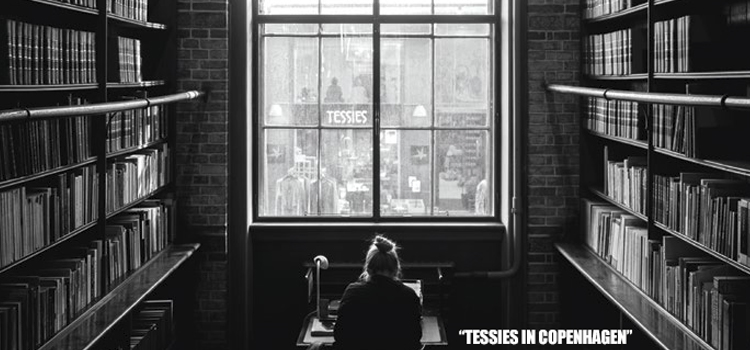
Photographer Thomas Leuthard keeps us propelled with the stories of the streets as he travels around the world.
Thomas Leuthard began his journey on street exploration in 2009 when he acquired a Nikon 85mm prime lens. The Swiss photographer started his project ‘85mm Street photography’, and over a change of many lens, he fell in love with the spry streets. To step into his monochrome world, you need to take a visual tour of his work which he has been able to capture amidst the humdrum routines of street life.
Street photography is vast. What does it mean to you and how will you define it?
For me street photography is “taking a walk with the camera” where you are observing and documenting the life of other people. For me it’s a kind of lifestyle, a compensation to my work as an IT professional and a reason to
go out.
These days, there is a plethora of phone apps to capture stories from the streets. Has photography been redefined?
Well, photography has nothing to do with cameras or apps. Photography is about capturing something you have encountered or seen. Of course, there will be more photographs taken every day than the day before. But this doesn’t mean that those are good photos and that they all tell a story. People are always snapping things, but there is no ‘new type’ of photography. There is more trash being produced and it is getting harder to find the pearls in the pile of everyday snaps.
Carrying on from the previous question, what’s the fate of a photograph in this era?
This is the biggest problem nowadays. Every one of us sees hundreds of photos every day. The quality and expectation for a good photo is being raised over time as we get used to it. Therefore everything we have seen already will be conventional. As a photographer you have to find new things, new views, new techniques or just new ways of showing existing things. This is the hardest part when you want to be successful. Things repeat itself too quickly.
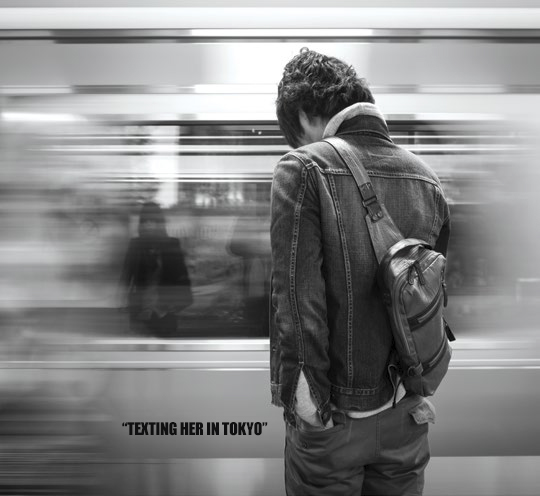
Your photographs are mainly black and white. What’s your interpretation on monochrome?
I don’t like colour in photographs, but cities are too colourful today, which makes most of the photos useless. Often backgrounds are too distracting with colour, while a black and white photo focuses more on structures, forms, content and emotions. Some people say it’s easier, some say it’s more difficult. For me, it is what I like best.
Could you share story behind the photographs with stripes?
I was in the Stockholm library when a lady with striped pants walked in. I remembered that there was a striped staircase at the entrance. I checked and decided that It would be the perfect shot. So I waited until she came back. How long would someone stay in a library? She took five minutes, and I was ready.
I was having a bite at Burger King once. A lady was sitting at a table next to me with her back facing me, and she was wearing a striped dress. And behind her I noticed a radiator with a similar pattern. A quick break from my burger got me this shot, right at the lunch table. Sometimes photographs come to you; sometimes go to the photographs.
You believe that street photography should look into “storytelling and composition-focused approach”. Do you think a photograph should have an equal balance between composition and content?
It needs both. A strong story without composition and a good composition without story doesn’t work. So find a story and put it into a frame in a good way. The stronger both parts are, the better.
Current works that you enjoy ?
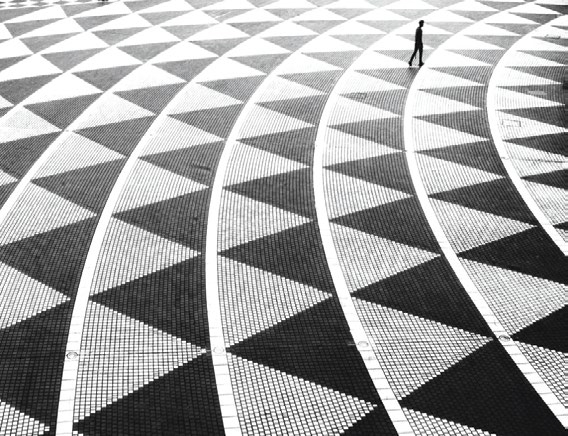
Junichi Hakoyama
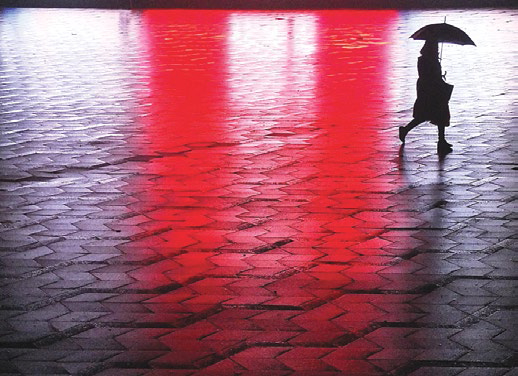
Thomas Toft
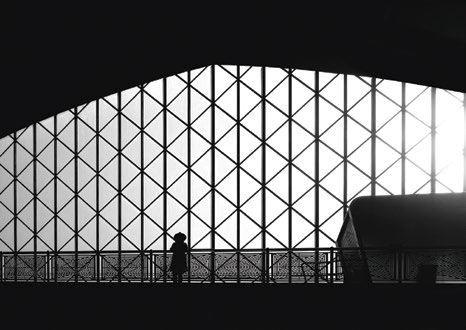
R▲F▲VT
Do you feel a single photograph is more powerful than a series of photographs?
Sometimes one photograph can tell everything you want to see and you don’t need to get more information. This is the challenge of photography, to tell stories in single frames. Of course, using more frames helps and makes it easier. In street photography we normally shoot single frames only.
Street photography is known to be very candid. Can you forecast a shot?
Yes, there are many moments which you can forecast. Human often act as humans and we can often see what will happen next. But, you have to be prepared and always expect the unexpected.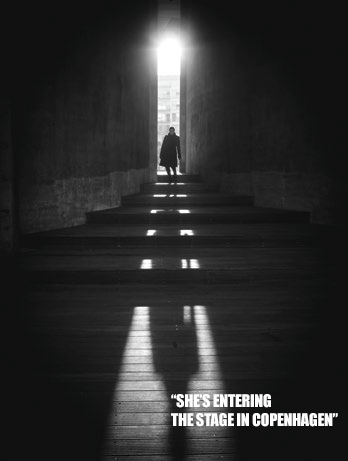
When you started out with street hotography, what lessons did you learn and challenges did you meet?
I have learned that the camera doesn’t make a difference. It’s all about your eye and this needs to be trained. The only training is practicing on the streets and not on the Internet. Shoot 500,000 shots in 10,000 hours and you
might become a master. Compositionis not about rules, it’s about harmony to your eyes. If you are not following the composition principles, your photographs will never appeal any eye
.In an era of fast-paced technology and constant metamorphosis, if you had to re-enter street photography, what would you change?
Technology doesn’t change anything in photography. You still have to find your subject and compose it. The only thing that changes is the black box which creates the photo. People who thinks that technology will change photography itself, may have not understood it at all.
If there was one thought you had to share about street photography that no one knows of, what would you say?
Shoot what you see and not what others want to see. Don’t listen to anyone else. Do what you like to do and do it often.
Words by Atheena Wilson Photographs by Thomas Leuthard
Art
Navratri 2024: Celebrating the Nine Colours and Their Significance
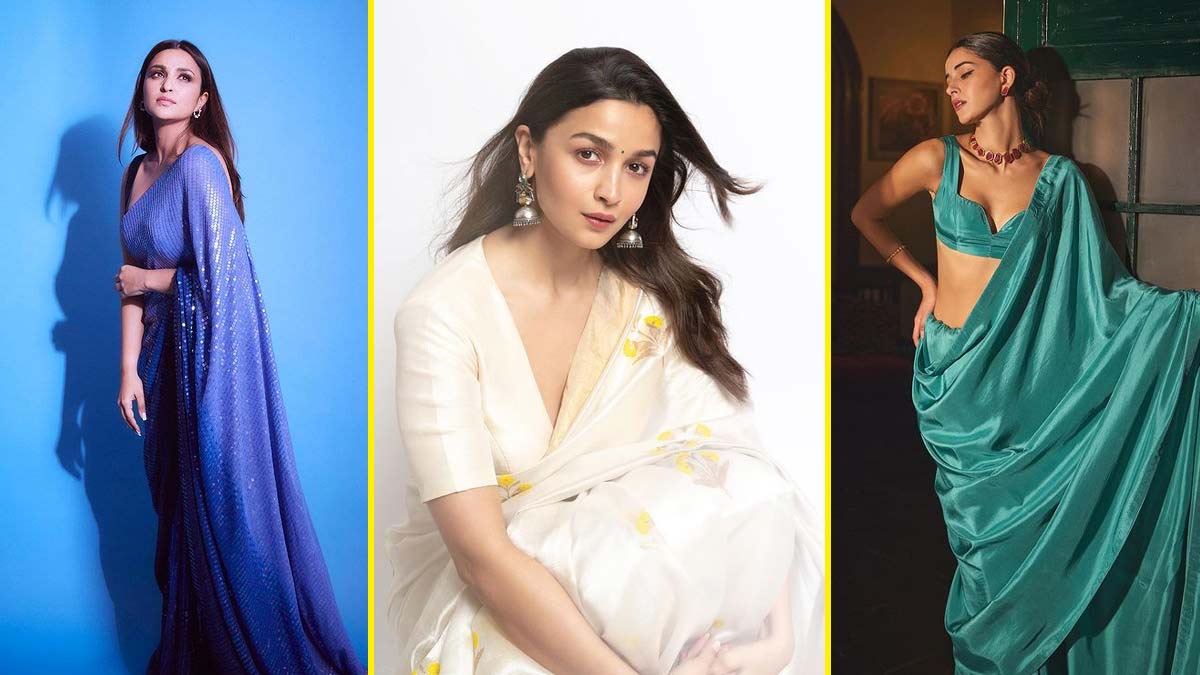
Navratri, the festival that spans nine nights, is one of the most auspicious and widely celebrated festivals in India. Dedicated to the worship of Goddess Durga in her nine forms, each day of Navratri holds special significance, marked by a distinct color that carries deep spiritual and cultural meaning. As we prepare for Navratri 2024, let’s explore the nine colors associated with each day, their significance, and how they inspire devotion, positivity, and harmony.
Day 1: Yellow
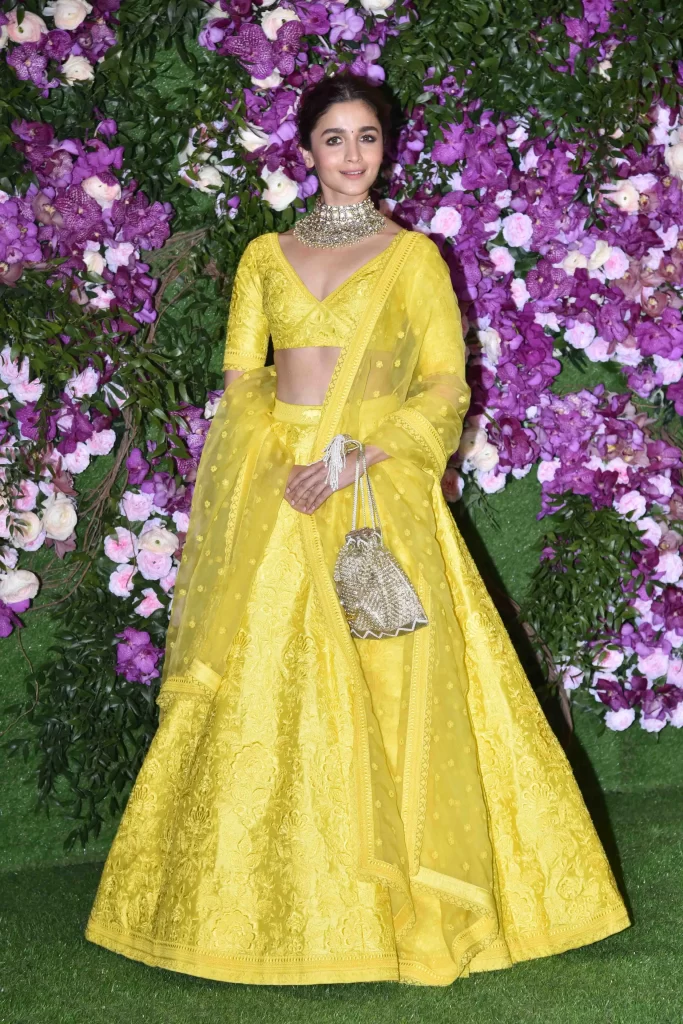
On Thursday, embrace the uplifting energy of yellow as you celebrate Navratri with optimism and joy. This warm and cheerful color symbolizes happiness and radiates positivity, keeping you in high spirits throughout the day.
Day 2: Green

On Friday, wear green, a color that represents nature, growth, and harmony. It evokes a sense of peace and serenity, while also symbolizing new beginnings. Let the vibrant energy of green invite tranquility and the blessings of the Goddess into your life.
Day 3: Grey

Saturday calls for the subtle sophistication of grey. This balanced color keeps you grounded and calm, symbolizing composure and understated elegance. It’s perfect for those who want to participate in Navratri with grace while making a refined style statement.
Day 4: Orange

On Sunday, adorn yourself in the vibrant hue of orange. This color embodies warmth, exuberance, and positivity. Wearing orange during Navratri invokes an upbeat energy, bringing vitality and a lively spirit to your celebrations.
Day 5: White

Start your Monday with the purity and serenity of white. Associated with innocence and spiritual clarity, this color invites inner peace and helps you connect with the divine blessings of the Goddess, offering a sense of security and calm.
Day 6: Red

On Tuesday, red takes center stage, symbolizing passion, love, and strength. As one of the most auspicious colors, red is often offered to the Goddess in the form of a Chunri. Wearing red fills you with energy, vigor, and the vibrant spirit of Navratri.
Day 7: Royal Blue

Wednesday’s color is royal blue, representing elegance, richness, and tranquility. This deep, vivid shade of blue exudes confidence and sophistication, making it an ideal choice for those who want to celebrate Navratri with style and grace.
Day 8: Pink

On Thursday, don the charming hue of pink, a symbol of universal love, affection, and harmony. Pink is a color that adds a soft touch of warmth and approachability, making it perfect for creating a loving and joyful atmosphere during the festivities.
Day 9: Purple

On the final day of Navratri, purple takes the spotlight. Associated with luxury, nobility, and grandeur, purple invites opulence into your life. Wearing this regal color while worshipping Navdurga bestows blessings of prosperity and richness, making it the perfect way to end your Navratri celebrations.
Art
Exploring the Rich Tapestry of Indian Art: A Journey Through State-Wise Traditional Paintings

India’s artistic heritage is a vibrant mosaic, reflecting the diverse cultural traditions of its states. Each region has its unique style of painting, with techniques and themes passed down through generations. Let’s delve into some of the most iconic traditional paintings from different states of India.
1. Madhubani Painting (Bihar)

Originating from the Mithila region of Bihar, Madhubani painting is known for its intricate patterns, bold colors, and themes inspired by nature, mythology, and folk tales. Traditionally, these paintings were done on mud walls, but now they are also created on cloth, handmade paper, and canvas.
Distinctive Features: Use of natural dyes, double outlines, geometrical patterns, and motifs like flowers, animals, and deities.
2. Pattachitra (Odisha and West Bengal)

umaid art
Pattachitra, meaning ‘cloth painting,’ is an ancient art form from Odisha and West Bengal. These paintings depict mythological narratives, especially around Lord Jagannath, and are characterized by their intricate details and mythological themes.
Distinctive Features: Fine detailing, elaborate borders, vibrant use of colors, and the use of natural ingredients for dyes.
3. Warli Art (Maharashtra)
Warli art is a form of tribal painting from Maharashtra, traditionally done by the Warli tribe. It primarily uses white pigment on a mud base to depict daily activities, such as farming, hunting, and dancing, in a minimalistic yet expressive manner.
Distinctive Features: Simple geometric shapes like circles, triangles, and squares, which represent different elements of nature and human life.
4. Tanjore Painting (Tamil Nadu)

Tanjore (or Thanjavur) paintings, originating from Tamil Nadu, are known for their rich colors, surface richness, compact composition, and use of gold foil. They often depict Hindu gods and goddesses, with a focus on Lord Krishna and other deities.
Distinctive Features: Use of vibrant colors, gold leaf, and inlay work with semi-precious stones on wooden boards.
5. Pichwai Painting (Rajasthan)

Pichwai paintings, hailing from Rajasthan, are intricate paintings that portray the life of Lord Krishna, especially in the Nathdwara temple. These paintings are traditionally done on cloth and used as wall hangings behind the deity in temples.
Distinctive Features: Detailed depiction of Lord Krishna’s life, use of bright colors, and the portrayal of various scenes from the Bhagavad Purana.
6. Phad Painting (Rajasthan)
Phad painting is a narrative scroll painting from Rajasthan, where the stories of folk deities like Pabuji and Devnarayan are depicted. The paintings are done on long pieces of cloth and are used in religious storytelling.
Distinctive Features: Bold lines, earthy colors, and the depiction of deities and their exploits.
7. Kalamkari (Andhra Pradesh)

Kalamkari, literally meaning ‘pen work,’ is an art form from Andhra Pradesh that involves hand-painting or block printing on fabric. The themes are largely mythological, with stories from the Ramayana and Mahabharata being common subjects.
Distinctive Features: Intricate handwork, natural dyes, and a distinctive color palette dominated by earthy tones.
8. Pithora Painting (Gujarat and Madhya Pradesh)

Pithora paintings, created by the Rathwa and Bhilala tribes of Gujarat and Madhya Pradesh, are done on the walls of their houses. These paintings are part of a ritual to invite the gods and ensure prosperity and happiness.
Distinctive Features: Vibrant colors, ritualistic significance, and the depiction of gods, animals, and scenes from daily life.
9. Chitrakathi Painting (Maharashtra)

Chitrakathi is a traditional art form from the Maharashtra-Karnataka border, where paintings are used as visual aids in storytelling. These paintings often accompany performances that narrate stories from epics like the Ramayana and Mahabharata.
Distinctive Features: Simple yet expressive figures, use of natural colors, and the narrative style.
10. Saura Art (Odisha)

Saura art is a form of mural painting by the Saura tribe of Odisha. It is similar to Warli art but has its unique elements, depicting the tribe’s daily activities, rituals, and deities.
Distinctive Features: Monochrome palette, linear style, and the depiction of nature and community life.
The diverse painting styles of India offer a glimpse into the country’s rich cultural heritage. Each state’s art form is a testament to the creativity and traditions that have been nurtured for centuries. By exploring these traditional paintings, we not only appreciate their beauty but also connect with the stories and values that have shaped India’s cultural landscape.
Art
The Microscopic Handbag Phenomenon: MSCHF’s Bold and Tiny Louis Vuitton Creation

In the realm of fashion, innovation knows no bounds, and the boundary-pushing collective known as MSCHF constantly proves this point. Their latest creation, a microscopic handbag inspired by Louis Vuitton, has taken the industry by storm, captivating fashion enthusiasts around the globe. Breaking free from traditional size constraints and redefining functionality, this miniature accessory has ignited curiosity and sparked a sensation. Join us as we delve into the extraordinary world of MSCHF’s microscopic handbag, exploring its origins, unique features, and the remarkable buzz it has generated.
MSCHF, renowned for their unconventional and thought-provoking projects, partnered with luxury fashion house Louis Vuitton to unleash a game-changing collaboration. Together, they birthed a surprising twist on the classic handbag, pushing the boundaries of scale to an entirely new level. The microscopic handbag challenges the norm and introduces an audacious new concept.

Measuring a mere 1.5 inches in height, the microscopic handbag is a masterpiece of miniaturization. This whimsical accessory captures the essence of a traditional Louis Vuitton purse, complete with the iconic monogram pattern and signature leather trim. Despite its minuscule size, it exudes luxury and craftsmanship, embodying the brand’s prestige and aesthetic.
The MSCHF microscopic handbag represents a captivating fusion of fashion and art. It blurs the lines between these creative realms and prompts us to question our perception of material possessions. Through this micro-sized wonder, MSCHF challenges our understanding of fashion’s role in society and invites us to contemplate the value we attach to material goods.
Since its introduction, the microscopic handbag has caused a viral sensation across social media platforms. Its diminutive size and unexpected collaboration have captivated fashion enthusiasts and sparked intriguing discussions. This extraordinary creation serves as a catalyst for conversations about fashion trends, the power of satire in design, and the evolving landscape of the industry. Once again, MSCHF has successfully captured the attention of the fashion world, pushing boundaries and reshaping our perception of what is considered fashionable.
MSCHF has cemented its legacy as a disruptive force in the fashion and art realms. Their innovative and thought-provoking projects consistently challenge norms and captivate audiences. With the microscopic handbag, they have once again showcased their ability to generate intrigue, spark conversations, and inspire wonder within the industry.
In conclusion, the MSCHF microscopic handbag stands as a testament to bold creativity and audacity in the world of fashion. Its tiny size and unexpected collaboration with Louis Vuitton have shattered conventional handbag design and ignited curiosity on a global scale. This extraordinary creation not only exemplifies the artistry and innovation of MSCHF but also invites us to reflect on the ever-evolving nature of fashion and its profound impact on our collective imagination. As we eagerly anticipate MSCHF’s next groundbreaking venture, one thing is certain: they will continue to redefine the boundaries of what is possible in the world of fashion.
-

 Style10 months ago
Style10 months agoBridal Guide : Best Looks of Radhika Merchant Ambani
-

 Entertainment1 year ago
Entertainment1 year agoThe Stunning looks from Bhagya Suresh’s Wedding
-

 Fashion1 year ago
Fashion1 year agoMost Discussed Ajrakh Saree of Alia Bhatt
-

 Entertainment1 year ago
Entertainment1 year agoThe Most Stylish Guests of Bhagya Suresh Reception
-

 Entertainment1 year ago
Entertainment1 year agoBridal Bliss : All Bridal Looks of Swasika Vijay
-

 Movies1 year ago
Movies1 year agoA Nostalgic Journey Through Love &Cinema : Best Bollywood Romantic 90s Movies
-

 Fashion1 year ago
Fashion1 year agoMajor Denim Trends You Need To Know in 2024
-

 AD8 months ago
AD8 months agoPopular Curtain Fabrics to Consider for Your Home




























